Year 4, Lesson 1.2: Planning Your Time
Semester Learning Goal
Students will investigate community needs, reflect on personal values, and apply design thinking to develop a values-aligned project idea. Through research, collaboration, and iteration, they will explore what it means to do Good Work as a good person, good worker, and good citizen.
Lesson Goal
Students will break down the Capstone project into key milestones and begin building a realistic plan for when and how they will complete each phase.
Assessment
Observe students’ ability to identify time commitments and pacing needs.
Review Capstone Planning Sheets for clarity, feasibility, and personal ownership.
Casel Alignment
Self-Management, Responsible Decision-Making, Self-Awareness
Portfolio Documentation
Resources
Markers or highlighters (optional)
Calendar (class or individual)
Prerequisites
Year 4, Lesson 1.1
Total Time
30 - 40 minutes
Instructions
-
Students should have reviewed the Capstone Pacing Overview in Lesson 1.1 and begun understanding the phases of the Capstone process.
1. Opener: Why Planning Ahead Matters [5 minutes]
Ask:
What’s the difference between having a great idea and actually pulling it off?
Explain: The Capstone is a long-term project, and your idea will only succeed if you know how to manage your time, meet your deadlines, and adjust as you go.
Let students know that today’s goal is to get practical: mapping out when and how they’ll complete the major steps of the Capstone.
2. Capstone Milestone Breakdown [5 minutes]
With the Capstone Pacing Overview displayed or in hand, walk through the key project tasks students will need to complete over the year. Write or display a simplified version like this:
Define your “How Might We” question (by Week 5–6)
Develop and prototype your idea (Weeks 6–7)
Gather feedback and revise (Weeks 7–9)
Pitch your project (Week 9)
Reflect on alignment (Week 10)
Present your draft idea at the Semester 1 Showcase (Week 11)
Implement your project (Semester 2)
Complete final presentation and reflection (May–June)
Ask:
Which of these tasks do you think will take the most time? Which might be hardest to finish on time?
3. Capstone Planning Sheet [20 minutes]
Distribute the Capstone Planning Sheet. Students will:
Copy the key Capstone tasks into their own project calendar
Write down expected due dates or checkpoints (based on teacher guidance)
Block off weeks where they know they’ll have less time (e.g., sports, exams)
Add time each week they could realistically use for Capstone work
Choose a tool or routine they’ll use to stay on top of deadlines (e.g., planner, calendar app, reminder buddy, weekly check-in)
Optional: have students mark priority weeks with color or symbols.
Have students save their Capstone Planning Sheet in their Good Work Portfolio and return to it during Lessons 4.3, 4.6, 4.9, and 4.10.
4. Peer Accountability Pairing [5 minutes]
Have students turn to a partner and share one week they know might be difficult and how they plan to stay on track.
Encourage them to write down their accountability partner’s name at the bottom of their sheet for future check-ins.
5. Closing and Exit Ticket [5 minutes]
Ask students to complete the Lesson 1.2 Exit Ticket.
Students will answer the following question:
What’s one strategy you’ve used in the past that helps you stick to a deadline?
Reinforce that completing meaningful work isn’t about being perfect—it’s about being intentional.




